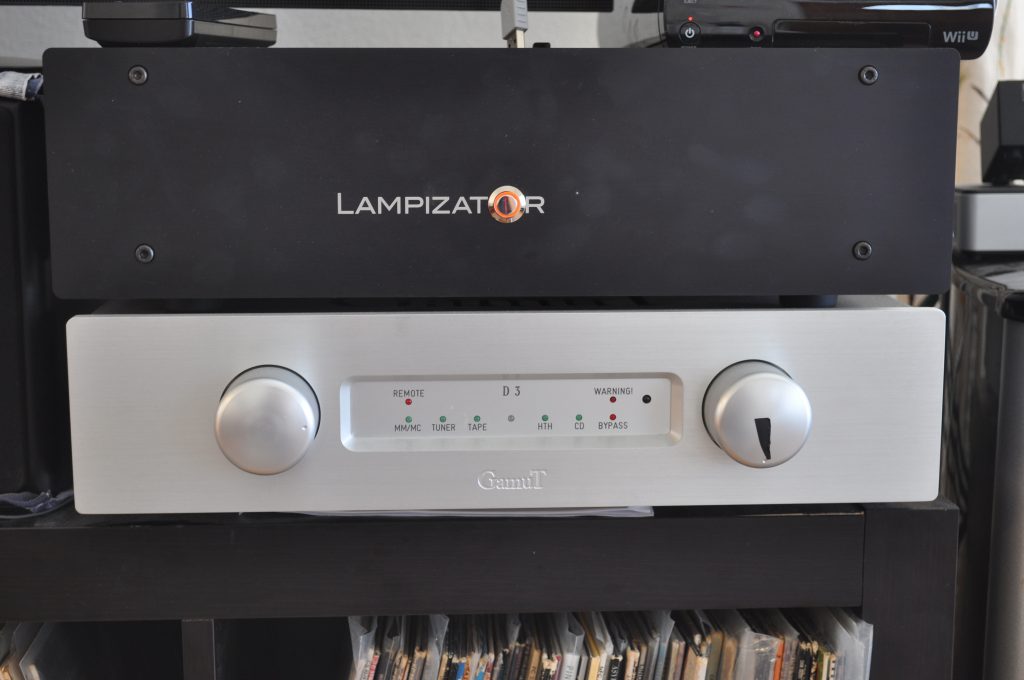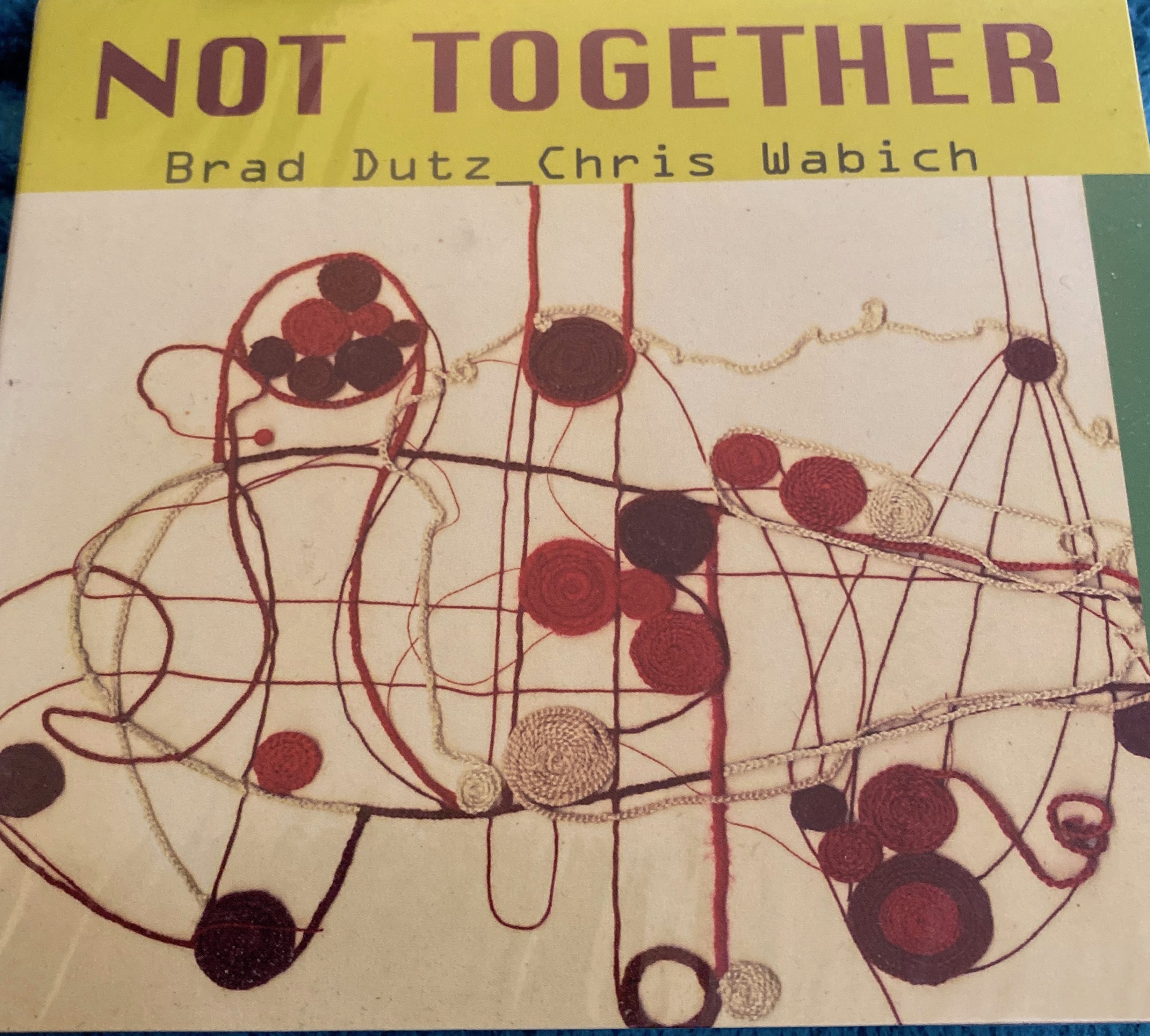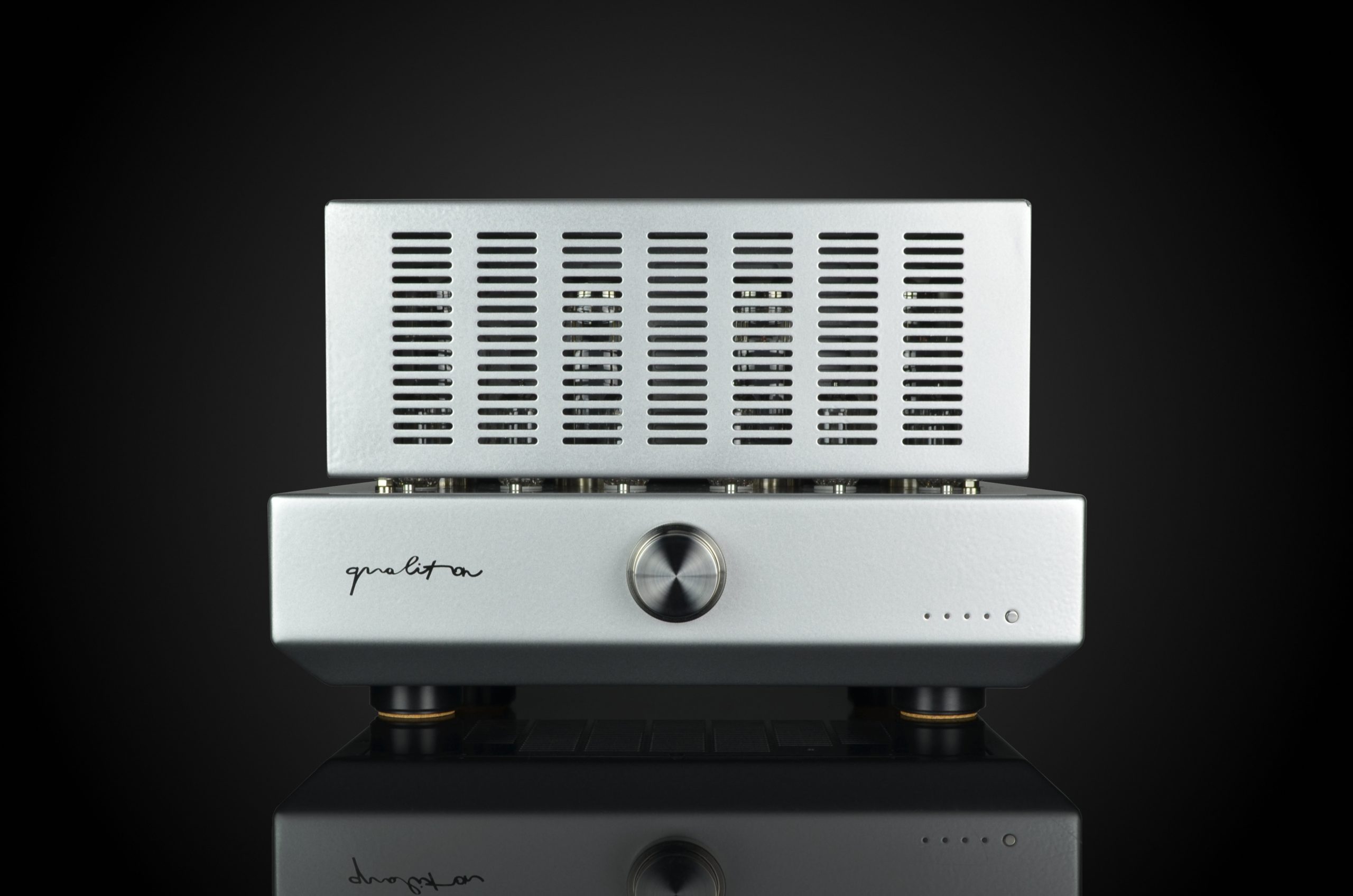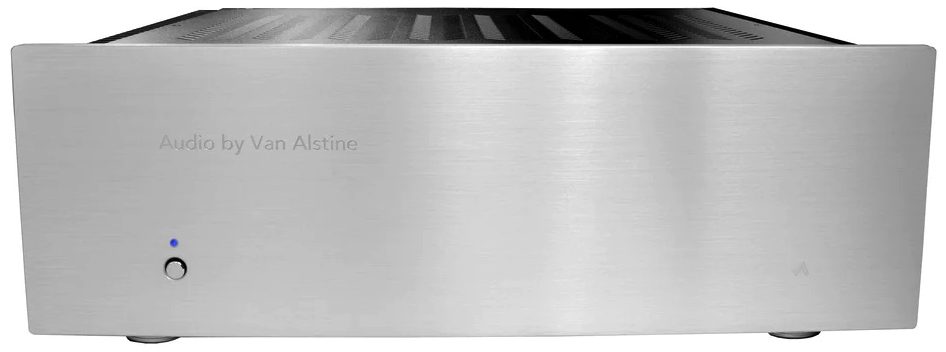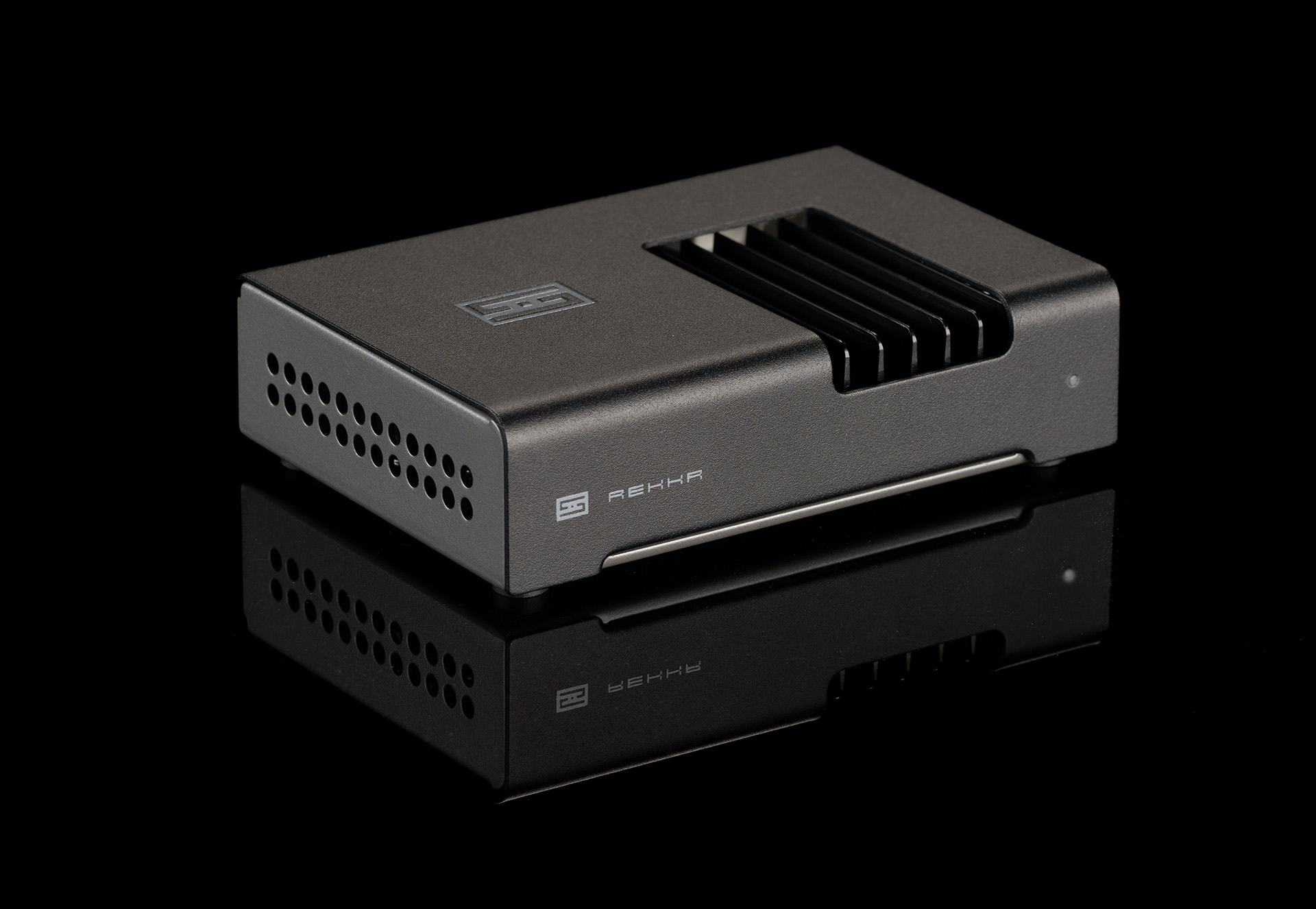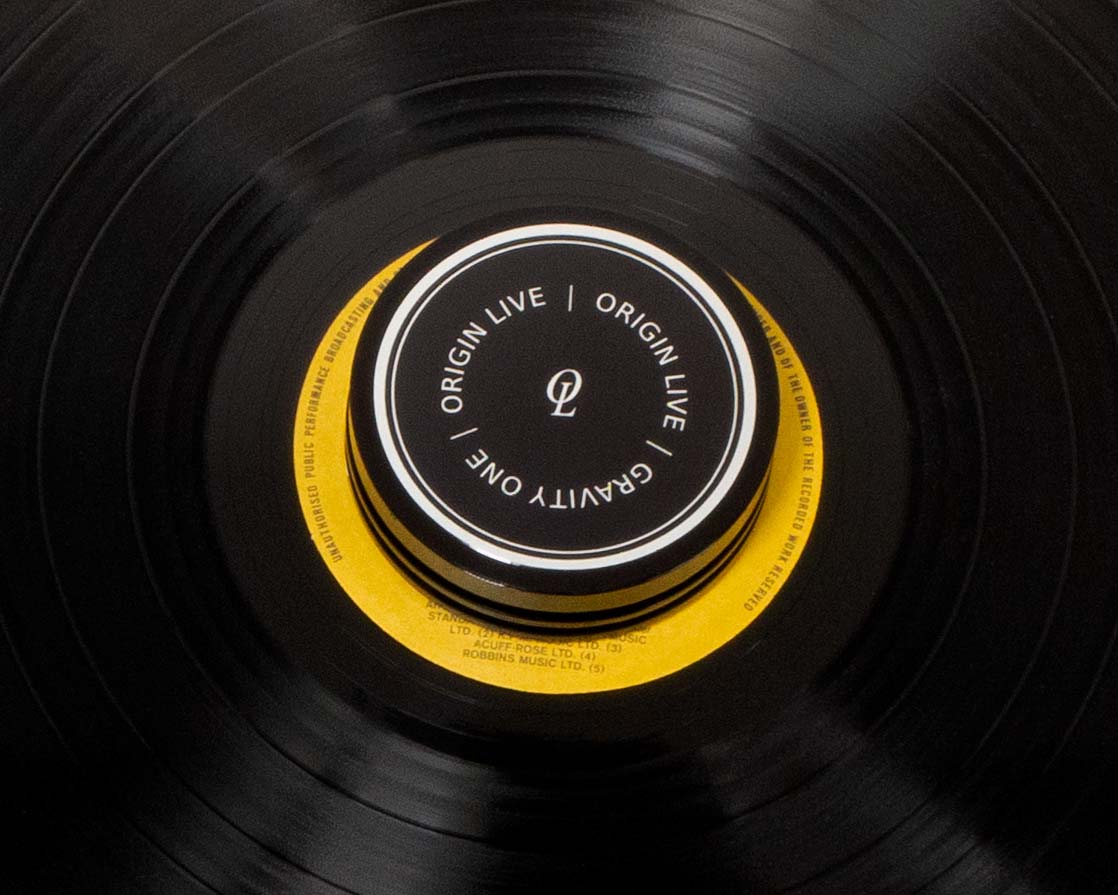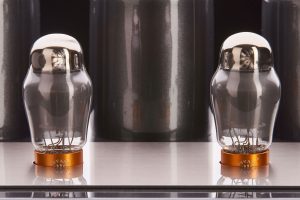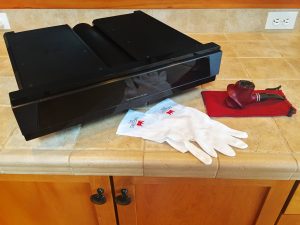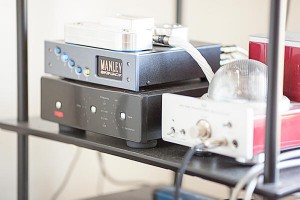Apparently, I left a few readers in the lurch by closing my LampizatOr Euforia review saying I'd discovered a difference making change and that I'd follow-up the review, but was too lazy to rewrite it before posting. I've been overwhelmed at work, have 90 year old parents who suddenly need attention, a busy eleven year old with expanding travel needs, and a wife starting graduate school who is suddenly not available to help. I should have said that, but... I was too busy to have the presence of mind to do it. Sincerest apologies. Let this note disambiguate my take on LampizatOr's Euforia DAC from Poland.
What I Said
I compared the Euforia's performance to DACs I had heard some time ago that were multiples of the cost of the Euforia, one DAC was nearly seven times the cost of the Euforia. Though I preferred a tubed CD player at three times the Euforia's cost, I still found that Lukasz Fikus' entry level DAC sounded more like a live event. While I praised those other fine DACs, I purchased the Euforia. So, whether the Euforia is the best DAC in the world or not, for me it exceeded many at many times its cost.
What I Say Now
I write here several months after my initial review. I remain delighted with the Euforia's performance even though the amount of time I have for listening is even less than before. And yet, I remain glad I bought it. The Euforia should be on many lists of shoppers, though perhaps not on everyone's.
I found that a few changes to my system made a significant difference in the Polish DAC's performance for the better. I intended to describe what I learned and the changes I made. Unfortunately, numerous, intermittent technical issues make it difficult for me to guide anyone. I will not be your guru for computer audio, I'll be one of those guys consulting one. I surmise that many of the issues I encountered relate to firewall issues arising between more than one computer; but I'm guessing. Some of the issues arose because I chose a DIY path. DIY is not for the impatient or the faint of heart, lesson realized too late. As of last night, I was still having issues with HQPlayer - periodically it cannot find the "end point" in my system. Damn! While HQPlayer is a clear step up soncially from JRiver, it has more things to twiddle with and so more places for things to go amiss. Time constraints have kept me from figuring these out. Whatever the difficulty, the results earned were were worth the effort. Thus, what follows is more of a chronicle, sort of Jack Keruoac on the road meets Larry Chaotic on his way to improved computer audio sound.
First Change
I upgraded from an i5 Mac Mini 1.4GHz with 4GB of RAM to an i7 Windows (Haswell chip) PC running at 3.6GHz with 12GB of RAM. This, on its own, seemed to make a difference in how well HQPlayer ran with the Euforia. I still cannot transcode PCM files at 5.6MHz, a.k.a. double DSD, without massive skipping. The computer gurus I consulted after my purchase (Doh!) recommend the Skylake i7 processor. Where my processor comes up short is in transcoding PCM to DSD at 128 times sampling. But DSD recorded at 128x (5.6MHz), thus not requiring transcoding sounds wonderful through the Euforia, really wonderful. Alas my CPU choice keeps me from transcoding the bulk of my catalog (PCM) at double DSD.
Whereas the Mac Mini I started with was a few feet from the Euforia, the first Windows PC I tried (my wife's i7 with an even slower CPU than the one mentioned above) was in a back bedroom. This was a step up in sound. Perhaps a bit gritty sounding, but warmer and far more textured than my underpowered Mac Mini. All of these units used HQPlayer, which has gobs of settings—I did not have the time to thresh out the sound of each different setting, I simply worked till I got a sound I liked. Truth be told, perhaps different settings will be better than the ones I'm working with now.
My wife's PC sent the HQPlayer transcoded signal to the front of the house using a AC Powerline adapter. AC Powerline adapters essentially send a signal through the existing AC wiring in the house. Imagine one powerline adapter in the back bedroom and another in the listening room are playing catch with the signal passing between electrical sockets throughout a house. In more concrete terms, I ran the signal from a LAN cable connected to my router to an AC power line adapter electrical socket in the back bedroom to another adapter plugged into an electrical socket in my listening room yielding an ethernet connection that was then connected to a Network Audio Adapter (NAA). Jussi Laako, HQPlayer's designer, poo-poos this solution—or so I've been told—as creating a lot noise.
Second Change
I used a NUC (Next Unit of Computing) device as my NAA, I'll call it "Superstreamer." Audiolinux is installed on the Superstreamer on a 16GB thumb drive that acts as the hard drive and the signal passes, I think, through a 4 GB RAM card to the USB output of the NUC and then to the LampizatOr. On occasion, my PC could not find the Superstreamer. Why? No idea, sometimes it happened during the same listening session, sometimes it did not happen for weeks. It might have been networking issues, might have been a firewall issue, and might have been the AC powerline adapter.
While the AC Powerline adapter might be worse than some and better than others, it was pretty darned good in my system. It was clearly better than what I was getting with the signal coming straight from my Mac Mini to the Euforia, worlds better. If you'd like to know more about it, look here for putting buying the right parts HERE and HERE for setting up the Superstreamer. Setup means turning off a lot of routines to make it quieter. Many people have reported excellent results with the Superstreamer. Thank you to Mike Evans, aka "Blizzard" for taking on this task and sharing it with audiophiles.
At this stage I could now hear that the Mac Mini had inserted a subliminally bracing quality; that disappeared. In its place was a more textured tapestry of sound, with perhaps a bit less transparency. Small details were slightly less easily discerned, but what I could hear was more relaxed and a bit more nuanced, much as better vinyl is more relaxed and revealing of some details.
Third Change
While the AC powerline adapter was more than acceptable, I did, however, find that a single run of LAN cable through the house to the NAA was better yet, i.e. a seventy-five foot LAN cable runs uninterrupted from a back bedroom to the Superstreamer. This represents my current setup. When my wife is out of midterms, I think she'll $7^! once she notices it, but for the time being it's a solution. With this setup, HQPlayer only occasionally has problems finding the Superstreamer. I have not nailed down when the Superstreamer disappears, because it seems random right now, but at least one instance seems to be related to my computer going to sleep. I can live with these occasional issues even though I intend to suss that out.
With a single wire from my router to the Superstreamer the presentation remained relaxed but more and detailed than running through the AC powerline adapter. The previous presentation did not sound bunched up, but now improved much as better vinyl does - more relaxed, more detailed and insightful. At no point did either the LampizatOr fed by any of the previous iterations sound bracing in the ways I hear from Benchmark's DAC 1. The latter has a compelling presentation that does not allow, maybe even forbids relaxing while listening in a way the most bracing live music allows. While the DAC 1 has qualities I can appreciate I could never live with that presentation. Just sayin'.
The Superstreamered Euforia's character is better captured without resorting to a description of bass, midrange, treble, and imaging. The naturalness or sense that I was listening to music rather than a recording is what became the most distinct sense. Instruments, vocals and the sense of space morphed and melted across the board, rather than incrementally within specific bandwidths. The LampizatOr became more invisible and "life like" than before. I am thwarted here to describe the change. Why? I am enjoying the heck out of what I'm getting. I am not analyzing the sound, I'm engaged with the performances. If the qualities I mentioned in my first run through are clear, then infuse those characterizations with an increased sense of ease, naturalness and forgetting about listening to a recording. For me, I'm hearing something even more like a live performance.
The more relaxed presentation did not remove the bite that brass instruments have, nor was treble rolled off. The presentation remains very matter of fact, the presence of tubes notwithstanding, with good recordings that's pretty darned terrific with well recorded and well performed music. The downside, of course, is that well recorded but not well performed music is more interesting than engaging, if you will. Though well performed music not as well recorded is less of a problem - see my note on Ella Fitzgerald in my first run through.
What's next for me is to take an ethernet wire from the router to a fiberoptic converter so that I can run fiberoptic cables through the house. Not only are fiberoptic cables thinner and less visible, but proponents say that there are fewer EMI/RFI issues to contend with making the signal even quieter—maybe even more like live music? While I passed Physics for Poets at Cal I know that I'm not in a position to argue how EMI/RFI impacts the sound here. I will, however, say the signal seemed cleaner and quieter giving an even less obscured window into performances.
Fourth Change
The last tweak I tried was Fidelizer, a Windows only bit of software recently described HERE. As noted in that review, Fidelizer is available in three packages: free (reduces some background operating system activity); "Fidelizer Plus" ($40) which reduces even more background operating system activities, apparently though without substantial impact on the computer for its normal uses; and "Fidelizer Pro" ($70), which apparently renders your computer unreliable for non-fidelizer computer activity. Fabulous program. I have only tried the "free" level and that was fabulous. Its effect was easily noticed and deeply appreciated. A friend who has issues with the sound of my system (BOO!) was stunned at the qualitative difference.
While audiophiles would squawk if priced higher, the "free" fidelizer's performance is roughly equivalent to going from a serviceable interconnect to a pretty darned good one. If I don't bring my Mac Mini home to act as a server - fidelizer does not work with OS X - I will upgrade to the Fidelizer Plus at least. Until that choice has been made, I am thoroughly enjoying the performance I've got.
Other Data
NativeDSD offers a handful of 64fs/128fs/256fs recordings, though the Euforia only works to 128fs. Check HERE for more information to sample NativeDSD's wares. I believe there is an audible difference between 64fs and 128fs with my preference being 128fs. My experience of 128fs manifests in a smile, relaxation and a seductive call to listen intently rather than a demand to listen intently - the latter perhaps captures my Mac Mini experience. Listening to NativeDSD's recordings through LampizatOr's Euforia was very close to a euphoric experience.
The tubed CD player I did not identify that I preferred to the Euforia, is the EAR Acute. The Acute runs north of $6000, so it's a bit pricey. It is, however, liquid and beautiful and is definitely a presentation of music that's familiar. Playing native DSD, especially the double DSD on the Euforia has it in EAR Acute territory and I'm delighted with the presentation. This makes me think, dang, do I buy another i7 computer to be able to transcode to double DSD? While I enjoy what my system can do now, would I enjoy it even more if I heard double DSD all the time? Hmm.
Last "Addition"
The last piece I have added to my digital system doesn't improve sound. It is a way to interface with the LampizatOr and HQPlayer, it's called Muso. You've probably heard of the wondrous Roon, which not only provides a way to interact with HQPlayer, but also brings music's Encyclopedia Britannica to your listening sessions. But, Roon is expensive ($500 for a lifetime license and $119 for a year) and requires more current hardware (iPad $500). My house was burglarized last summer and we lost three laptops and three tablets; the replacement cost of which was under our deductible. In the paranoia that follows a burglary, it bugs me to think about spending that much again, so soon. Whereas Roon appears to magically integrate HQPlayer into your system, though I'm speculating here, it's an expensive application for those with deeper pockets and more time than I have right now.
Muso is not related to Naim's Mu-So. It shares some similarities with Roon, well, really only a few. It has a useful GUI for browsing music. It will work with older iPads, iPhones and Android devices, as well. One can build play lists and do a raft of other things, but I'm really only interested in getting a remote control so I don't have to scramble to a keyboard and turn on the TV to change a song or album. It appears Muso can do what I need, though I have not yet found the requisite magic for it to work. Muso interfaces pretty well with HQPlayer and Muso's three month trial period will give me plenty of time to figure that out. If I can make it work, I'll pay the much more palatable 7€ annual license.
Nits
I have some nits to pick with using the LampizatOr Euforia. The first is I have not been able to remotely control Euforia-HQPlayer, through a software function. If I listened more often and could justify hemorrhaging $1000 for Roon and another iPad, this complaint would disappear—it would probably not rise to an issue worth mentioning. If I can get Muso to work with my iPhone, I'll consider myself sated and this unfair nit removed. Of course, this nit is not really about the LampizatOr Euforia, but in how it integrates into my system. Computers without remote control of a playlist are essentially just like analog turntables; except I've been conditioned to think digital gear should have a remote and it's a little harder to find the play button on a computer than a turntable.
The second nit is really more of a caveat: the Euforia is a DSD only machine with USB only inputs, so you're probably going to be tethered to an upsampling computer to play PCM files or playing only DSD music. And that computer should have a Skylake or faster CPU. End of the world? No, just a nit. With very little active interest and no actions in support of it, I have thought about cheating on my Euforia, perhaps with a LampizatOr Level 4 or a Lite 7. But, again, I'm staying out of trouble for now.
Context
This is not a nit but a context for my comments. The LampizatOr Euforia has delivered the experience of hearing sound that's pretty darned close to a live event. Inside the phrase "live event" there is a lot of room, specifically, each room has different acoustics. The Euforia is not as rich and liquid as the EAR Acute, which to date has been my favorite piece of digital gear. The Acute, is not perfect, either. Its not as immediate sounding as the Euforia. The British player might have a bit of glycerin around the sound, leading it to sound less immediate, less "live like." But, the Acute can still sound like live music in a less reverberant, more damped room. The Acute sounds like the heavily damped living room where I was first introduced to non-recorded music, my parents' home. I heard piano, standup bass, Sousaphone, accordion and clarinets there and I heard a lot of all of them for a long time. Naturally, my inclination is to think that sound is "right" whereas the Euforia might sound more like an auditorium with more space, more reverberant and harder surfaces. Naturally these latter spaces are just as real and "natural" or like live music as my parents' living room. Which is more real? Both! I imagine, though I am guessing that LampizatOr's more expensive offerings might be a bit more voluptuous than the Euforia.
Since it seems so difficult to communicate a nuanced impression of gear, let me restate my take on the Euforia. I'm delighted with its sound. It's very good for its price. Neither it, nor the Acute, are perfect. On a given day, whim or just wanting something different than what I was just listening to yesterday might overturn my order of preference. The Euforia is as close to the liquidity and immediacy I've experienced with my much more costly vinyl setup. Were I not so pressed for time, I'd articulate the gap between my analog setup and my digital setup as greater than I have. My analog setup outperforms the Euforia. And, still the Euforia is really good.
Conclusion
With all these tweaks, mods or whatever you call them, I find myself quite content with the Euforia's performance. I expect that more expensive LampizatOrs offer better or a richer sound. I largely think, so what. Whether the Euforia is or isn't the equal of my three times the cost vinyl setup, I don't care. Better doesn't mean the "lesser" is not quite satisfying. With the Euforia in place, I want to listen to music rather than write about sound. Buy one and forget about your gear, if not your computer.
As a last piece of context, I know that I am sampling bread crumbs at the entry point of the LampizatOr path. I have no secret plans to purchase a LampizatOr Golden Gate ($15,000+), maybe it crushes the Euforia. I don't know, but... maybe I will think about something a little further up the LampizatOr path? That's just idle talk. I'm delighted and maybe even euphoric about the Euforia. Highly recommended without any of the add-on goodies I've mentioned here, but even more so with all of them in place.
LampizatOr
North America distributor
LampizatOr North America
527 Townline Road - Suite 302
Hauppauge, New York 11788
631-813-8992




